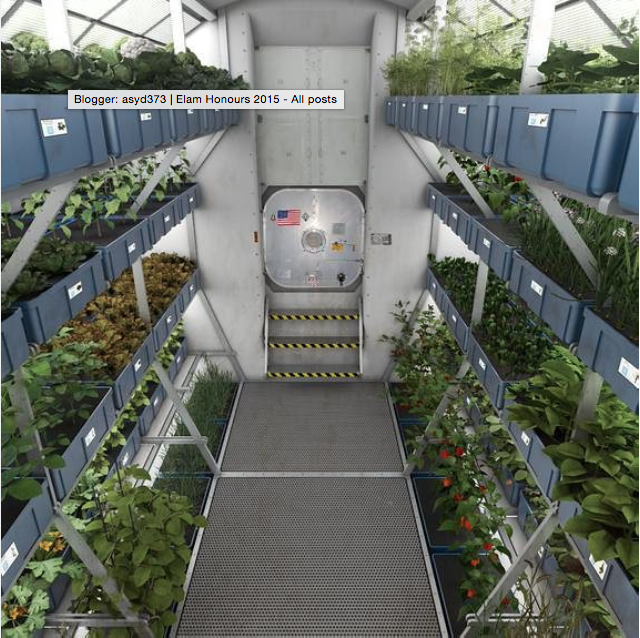In terms of colour, I think the print above is the most successful: opaque white on translucent black. By comparison the yellow ink in the other two gets lost, but there is enough contrast in the one above to clearly see the image. And there is something noticeably medical about the x-ray on dark tinted acrylic.
The above is printed on clear acrylic. The sheet was left over from when I did laser-cut honeycomb patterns and prints at the start of the year. At the time this attempt was a hot mess. We quickly realised with this one that it was the wrong type of plastic, hence the melting and burned effect and incompletion. I held onto the remnants, though, in case it might come in handy later in the year - and it did!
I'd been wanting to make a work which draws a comparison between a honeycomb pattern (yellow, geometric, speaks to contemporary discussion about bees - decline in bee population, possible causes eg. pesticides and destruction of natural habitats) and a corn cob (also yellow, geometric, small kernels - the exact same size as a beehive hexagon, speaks to consumerism, modern farming, GMOs, pesticides, etc...) - the two patterns are an aesthetic + conceptual match made in heaven.
The smoky texture also speaks to things like smoking beehives to calm the bees; fire - a sense of danger; the fact that it's just a segment of the cob makes it looks like a bite has been taken out of it, a possible analogy for 'consuming' or destroying the land via monocrops...
If I could do it again it would be printed in black, not yellow.


















































